Description
Anatomy improv’d and illustrated with regard to the uses thereof in designing Pl.07 by Michael van der Gucht printed on a T-Shirt
About the T-Shirt
Regular fit
Standard length, the fabric easily gives into movement
Casual wear
A classic, everyday option loved by our customers
Side-seamed
Constructed by sewing two parts together, creating a fitted look
The Unisex Staple T-Shirt feels soft and light with just the right amount of stretch. It’s comfortable and flattering for all. We can’t compliment this shirt enough–it’s one of our crowd favorites, and it’s sure to be your next favorite too!
- Solid colors are 100% Airlume combed and ring-spun cotton
- Ash color is 99% combed and ring-spun cotton, 1% polyester
- Heather colors are 52% combed and ring-spun cotton, 48% polyester
- Athletic and Black Heather are 90% combed and ring-spun cotton, 10% polyester
- Heather Prism colors are 99% combed and ring-spun cotton, 1% polyester
- Fabric weight: 4.2 oz./yd.² (142 g/m²)
- Pre-shrunk fabric
- 30 singles
- Side-seamed construction
- Tear-away label
- Shoulder-to-shoulder taping
- Blank product sourced from Nicaragua, Mexico, Honduras, or the US
Michael van der Gucht (1660 – 1725)
Michael Vandergucht (née Michiel van der Gucht) was a Flemish engraver and painter who worked for most of his career in England. He engraved portraits, book illustrations, and architectural prints and painted portraits.
Michiel van der Gucht was born in Antwerp, where he became a pupil of Frederik Bouttats the Younger. He was registered as an apprentice in the Antwerp artists’ guild, the Guild of St Luke between 18 September 1672 and 18 September 1673. He is recorded in Amsterdam when, on 19 June 1682, he posted banns to marry Maria van Hogenbergh van Aerschot. He lived on the Rosengracht in Amsterdam.
He moved to England before July 1688. He trained his sons, Gerard Vandergucht (1696/97 — 1776) and Jan (John) Vandergucht (c. 1699 — c. 1730) and George Vertue and James Smith as engravers. His son Gerard became one of the leading engravers in London, following the French method of combining precise engraving with the etched tones. Gerard had 30 children of whom one, Benjamin, was a successful engraver, picture restorer and painter.
Michael Vandergucht died from gout in his house, the Golden Head in Queen Street, Bloomsbury, and was buried in the churchyard of St Giles-in-the-Fields.
He engraved portraits, book illustrations, and architectural prints and painted portraits. He kept to a restrained form of engraving, without etching. His figures often appear wooden and uninspired.
He provided many of the engravings for the first complete English translation of Andrea Palladio’s I quattro libri dell’architettura published in London in 1715. Most plates in the publication are reverse-copies of those in the original edition, but with measurements corrected by its editor and publisher, Giacomo Leoni.

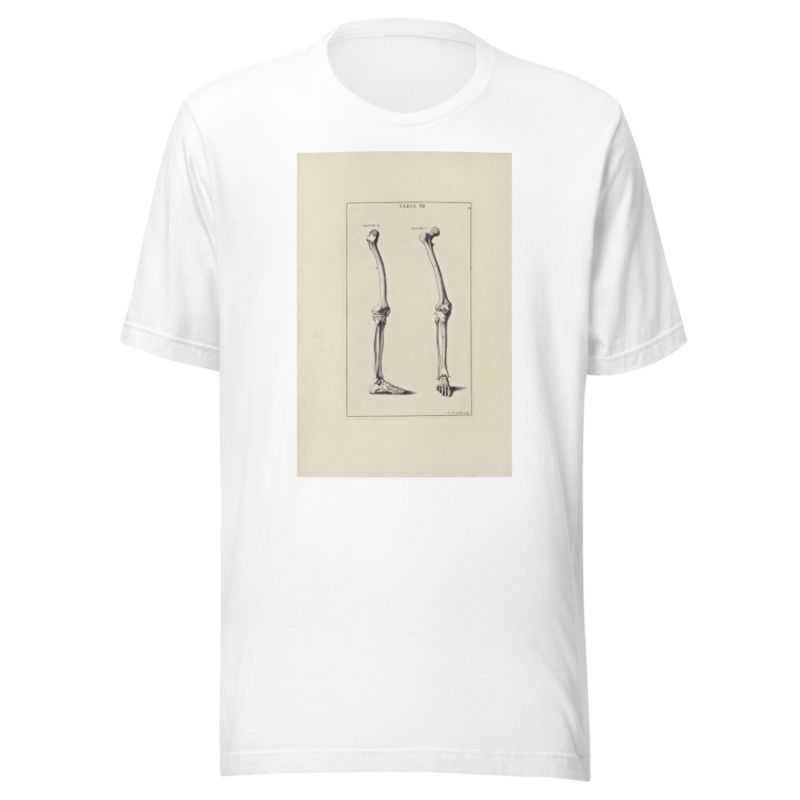
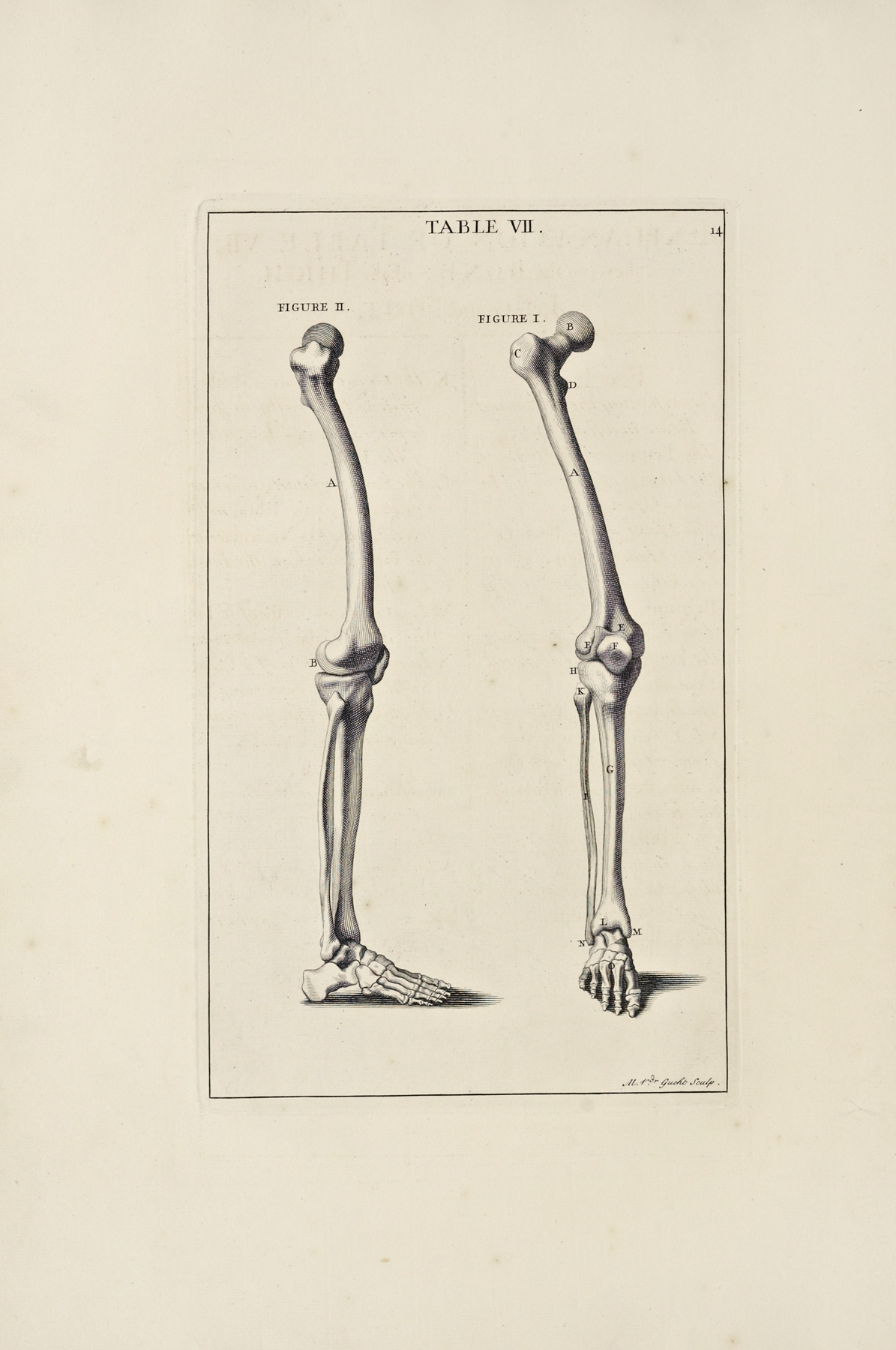
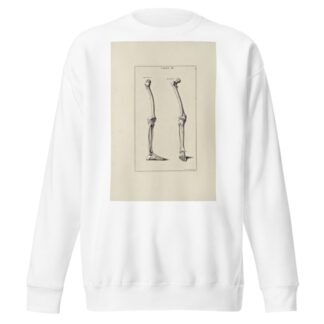
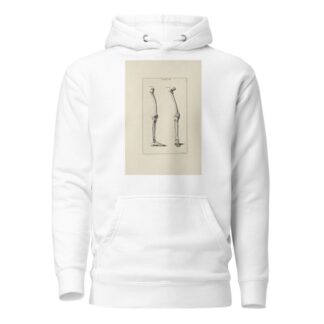
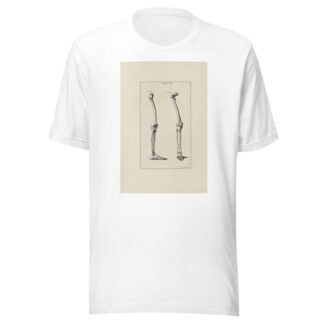
Reviews
There are no reviews yet.